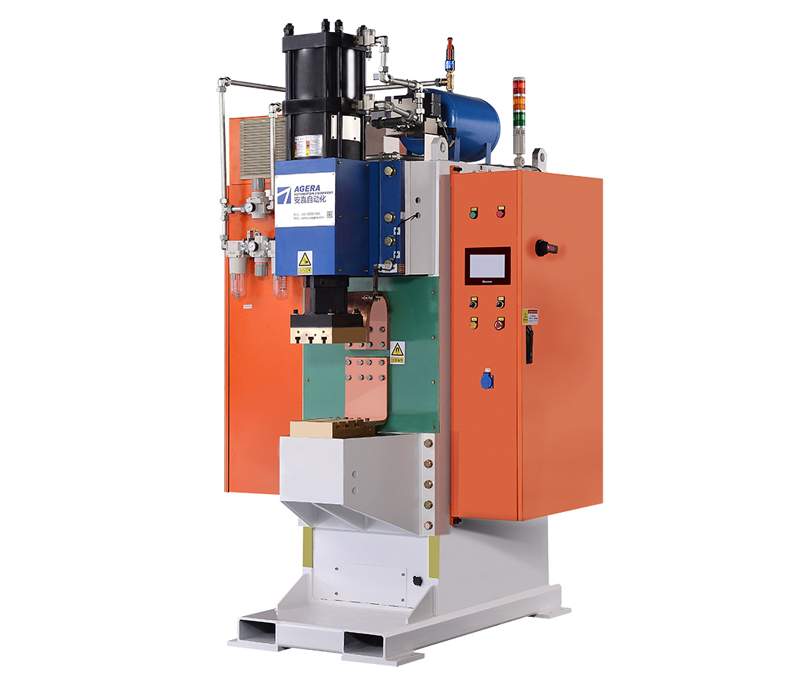Contact resistance is a critical parameter in energy storage spot welding machines as it directly affects the welding process and the quality of welds produced. Understanding the factors that influence contact resistance is essential for optimizing welding performance and ensuring reliable and consistent welds. This article provides an analysis of the factors that contribute to contact resistance in energy storage spot welding machines, highlighting their impact on the welding process.
- Surface Condition of Workpieces: The surface condition of the workpieces being welded has a significant influence on contact resistance. Any contaminants, oxides, or coatings present on the workpiece surfaces can create a barrier and increase the contact resistance. Therefore, proper surface preparation, including cleaning and removal of coatings, is essential to ensure good electrical contact between the electrodes and the workpieces.
- Electrode Material and Coating: The choice of electrode material and coating also affects contact resistance. Different electrode materials have varying electrical conductivity properties, which can impact the contact resistance. Additionally, the use of coatings on the electrode surface, such as copper or silver, can help reduce contact resistance by improving conductivity and minimizing oxidation.
- Pressure and Force Applied: The pressure and force applied during the welding process play a crucial role in determining contact resistance. Insufficient pressure or force can result in poor electrical contact between the electrodes and the workpieces, leading to increased contact resistance. Proper adjustment and control of the pressure and force ensure adequate contact and minimize contact resistance.
- Electrode Design and Condition: The design and condition of the electrodes significantly impact contact resistance. Factors such as electrode shape, surface area, and alignment with the workpieces influence the contact surface and electrical conductivity. It is important to regularly inspect and maintain the electrodes to ensure their optimal condition and minimize contact resistance.
- Welding Current and Duration: The welding current and duration also affect contact resistance. Higher welding currents can generate more heat, which can cause material transfer or deformation on the electrode and workpiece surfaces, affecting contact resistance. Similarly, prolonged welding durations can lead to increased contact resistance due to thermal effects. Proper control of welding parameters is necessary to maintain consistent contact and minimize contact resistance.
Contact resistance in energy storage spot welding machines is influenced by various factors, including the surface condition of the workpieces, electrode material and coating, pressure and force applied, electrode design and condition, and welding current and duration. By understanding these factors, operators and technicians can implement appropriate measures to optimize contact and minimize contact resistance, resulting in improved welding performance, higher-quality welds, and increased overall efficiency in energy storage spot welding processes.
Post time: Jun-07-2023



